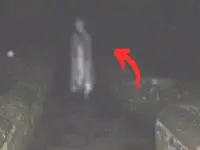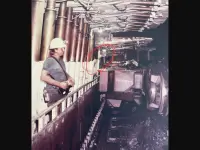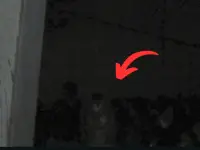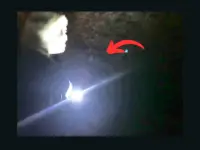5. Sai Ying Pun Community Complex
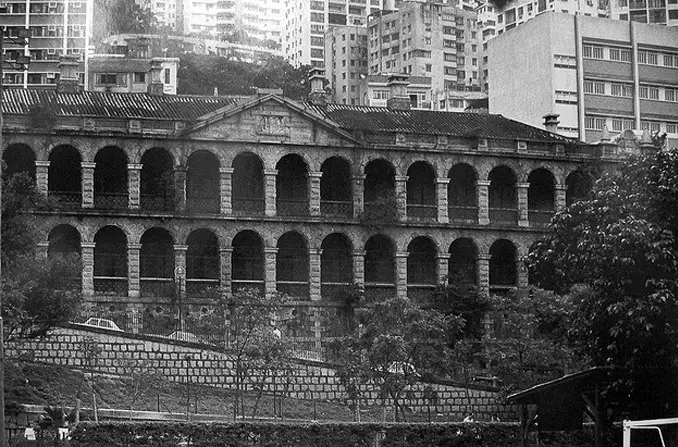
The Sai Ying Pun Community Complex, located on High Street, Hong Kong, was built in 1892. Its original purpose was quite benign: To provide housing for European nurses. The Japanese occupied Hong Kong for much of World War II, however, and, according to legend, they often used the complex as a site for executions. After World War II, the complex was converted into an insane asylum that was abandoned after several fires.
Since then, people have claimed to have seen various spirits at the complex, like headless poltergeists running down the corridors in the middle of the night. The second floor is said to be haunted by devilish-looking creatures in traditional Chinese dress that spontaneously burst into fire. People have also reported hearing the footsteps and screams of a girl or woman who was attacked by a Japanese solider during World War II.
4. Tuen Mun Road
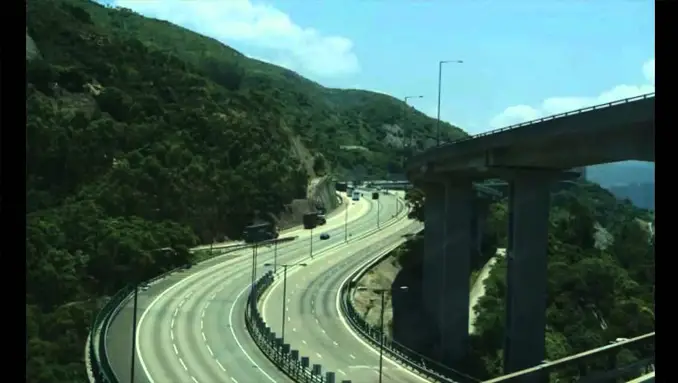
Tuen Mun Road, which was built in 1977, is a very busy highway that links the Hong Kong villages Tsuen Wan and Tuen Mun. It’s also supposed to be one of the most haunted roads in the world. Tuen Mun Road has a reputation for also being one of the world’s most dangerous roads on account of all of the traffic accidents. The “South China Morning Post” reported that there had been 250 traffic accidents on Tuen Mun Road between the years 2010 and 2012 – and Tuen Mun Road is only 12.1 miles (19.4 km) long.
Not surprisingly, the ghosts are those of people who’d died in traffic accidents. In 2003, for example, a bus crash along the road caused 21 fatalities. People claim to have seen or encountered the victims’ ghosts. Worse, some stories hold that the ghosts are trying to add to their ranks. They will cause crashes by suddenly appearing in front of cars forcing them to swerve at the last minute. Some people have even claimed that the ghosts will seize control of their vehicle and drive them off the bridge.
3. Forbidden City
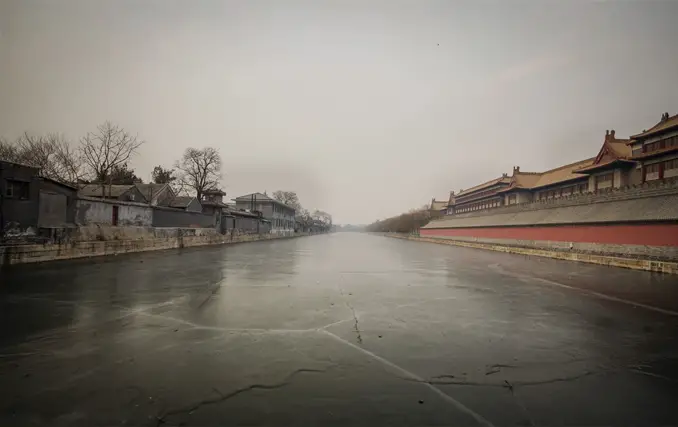
The Forbidden City, located in Beijing, was built in the early 15th century during the reign of the Emperor Yongle, who was infamous for his wickedness. On one occasion, he tried to suppress a sex scandal by slaughtering 2800 people.
The Forbidden City, which was used as the Imperial Palace until 1912, has been the site of many other murders, assassinations, executions and similar events. It’s no wonder that some of the victims’ ghosts are said to roam the city. The doorways within the buildings have special high steps that people have to step over. The Chinese believe that ghosts can’t jump, and the high steps would thus trap them in a single room.
Since the Forbidden City was opened to the public in 1940, people have reported seeing ghostly dogs. Different people have claimed to have seen the ghosts of eunuchs, brides and soldiers, while others have heard women talking and laughing or music playing. There are also stories about a woman in white who wanders crying. As recently as 1995, one of the guards encountered a woman in black whom he initially took to be a trespasser. When she turned to speak to him, he saw she had no face. The guards make a point of closing the city to visitors at 5 p.m. every day so there’s very little chance it was an actual intruder.
2. Fengdu
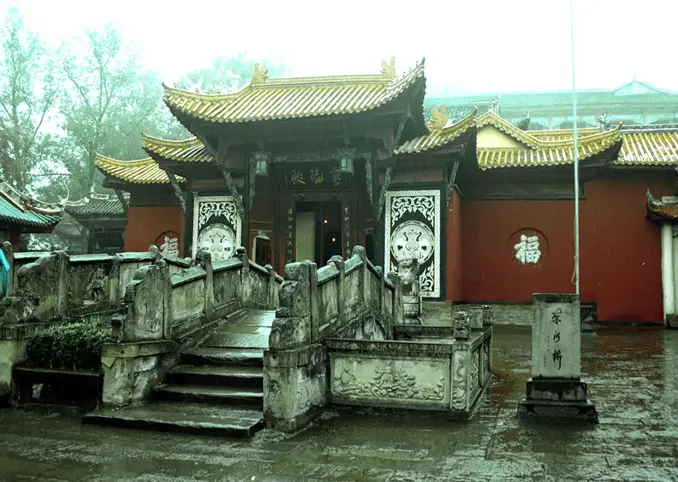
Fengdu sits on the Ming Hill at the northern end of the Yangtze River. Built 2000 years ago, it is often called the “City of Ghosts.” Legend has it that, during the Han Dynasty (206 BC – 220 AD), a pair of officials from the Imperial court, Yin Changsheng and Wang Fangping, came to the city to practice Taoist rituals that eventually made them immortal. Combining their surnames produces the phrase YinWang, which means “King of Hell,” and they were said to drag people to the underworld.
Fengdu is home to three sites that ghosts must visit before they can visit the underworld: Nothing-To-Be-Done Bridge, Ghost Torturing Pass, and Tianzi (Son of Heaven) Palace. Ghosts must take tests at each place. Those who pass will go to heaven, while those who fail will go to hell.
Other sites in Fengdu include a large temple built during the Tang Dynasty (618 – 907 AD) that depicts the torments of hell. A far more recent attraction is the Last-Glance-At-Home Tower, which was built in 1985. It honors the site where spirits condemned to hell could take one last glance at their families.
Sinister laughing is often heard late at night. Neighboring villagers say they hear all kinds of strange noises coming from the area. They say it sounds like someone is being tortured.
1. Great Wall of China
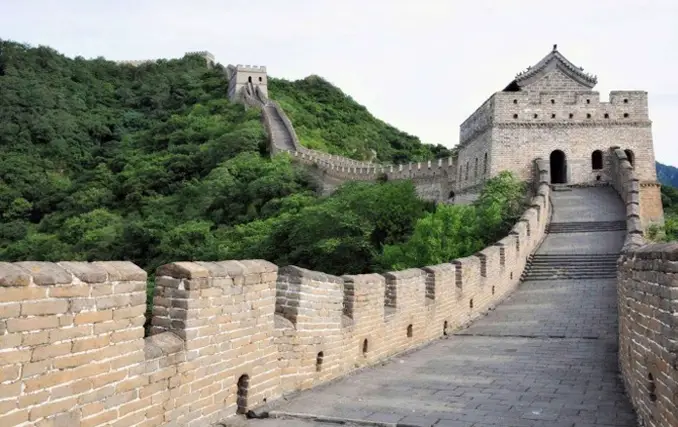
The Great Wall is another site within haunted China. Originally believed to be around 5,000 miles long, measurements taken between 2007 and 2012 show that it is actually 13,170 miles long.
Parts of the Wall date back to the 7th century BC. One to two million workers died during the centuries of construction, and their ghosts are said to haunt the wall. Visitors have reported seeing ghosts along the wall or hearing the sounds of marching footsteps – without seeing anybody.
Some visitors have reported sudden feelings of uneasiness or attacks of nausea, pain or headaches. Others have reported being slapped, punched or grabbed by unseen beings. Local legend warns that visitors will be haunted and harassed by the ghosts of the dead workers until they scare them away by stepping over a line of firecrackers.
The Wild Wall, which is located north of Beijing, is said to be the most haunted part of the Wall. Several hikers have actually died in this area under mysterious circumstances. Their ghosts have also been seen prowling the wall.

